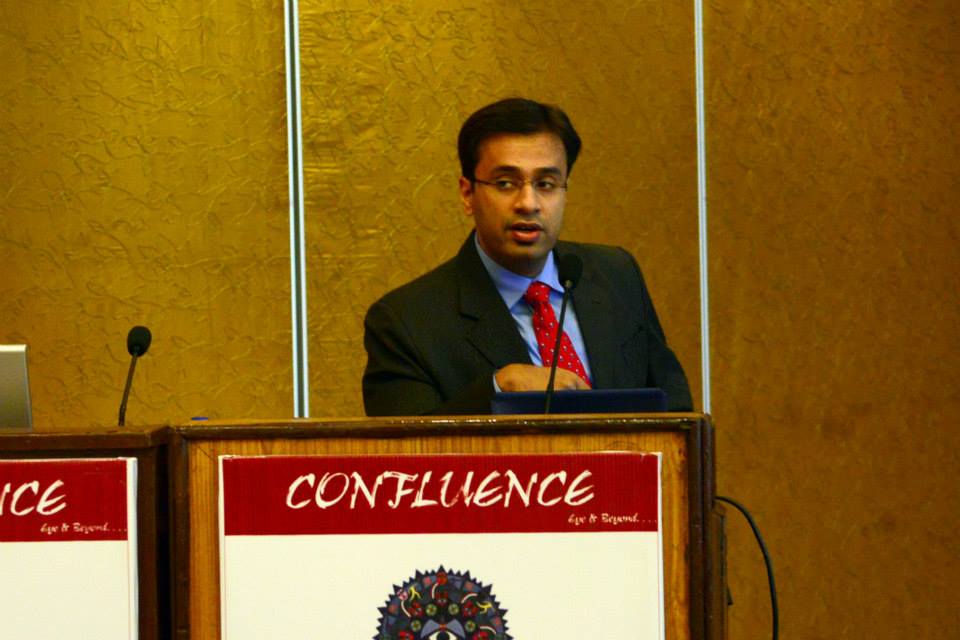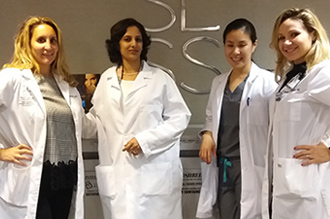It is a rash that occurs most commonly in people between the ages of 10 and 35, lasting from several weeks to several months. Usually there are no permanent marks as a result of this condition. It is most common in the spring and fall.
Pityriasis Rosea usually begins with a large, scaly, pink patch on the chest or back, followed by multiple small patches. The patches are oval and may form a pattern over the back that resembles the outline of a Christmas tree. Sometimes the disease can produce a very severe and widespread skin eruption. About half the patients will have some itching. Physical activities like jogging and running, or bathing in hot water, may cause the rash to temporarily worsen or become more obvious. There may be other symptoms including fatigue.
The cause is unknown. Recent evidence suggests that it may be caused by a virus since the rash resembles certain viral illnesses, and occasionally a person feels slightly ill for a short while just before the rash appears. Pityriasis Rosea usually occurs only once in a lifetime.
Pityriasis Rosea has many variants. Thus the diagnosis is difficult. The numbers and sizes of the spots can also vary, and occasionally the rash can be found in an unusual location such as the lower body, or on the face. Fungal infections, like ringworm, may resemble this rash. Reactions to certain medications, such as antibiotics, “water pill,” and heart medications can also look the same as pityriasis rosea. The dermatologist may order skin biopsy to make the diagnosis.
Pityriasis Rosea often requires no treatment and it usually goes away by itself. Soothing medicated lotions and lubricants may be prescribed. Ultraviolet light treatments may be helpful.
Occasionally, anti-inflammatory medications such as corticosteroid may be necessary to stop itching or make the rash go away. Patients should be reassured that this disease is not a dangerous skin condition even if it occurs during pregnancy.
Generally this condition resolves on its own. However, if at all treatment is needed; the expenditure of treatment would vary depending upon the treatment modality. If Ultraviolet therapy is administered, it would cost a bit more than anti-inflammatory medications and corticosteroids. A single consultation with Dr. Rinky Kapoor would cost about INR 1000/-.
Pityriasis rosea (PR) is a self-limiting, benign disorder with excellent prognosis and the recurrence rate is as low as 2%. In case of black people, pigmentary changes may take place, after the lesion has healed. Post-inflammatory hypopigmentation and hyperpigmentation, both can result. However, the lesions do not result into scars. If PR occurs within the 1st 15 weeks of pregnancy, a probability of miscarriage can’t be denied.
For more information on Dr. Rinky Kapoor’s work, click on: theestheticclinic.com/dr-rinky-kapoor.html
The Esthetic Clinic is a world class center dedicated to skin care and plastic surgery of the entire body – and specializes in housing an experienced Dermatologist, Dr. Rinky Kapoor, who can provide world class Skin Treatments, for skin diseases and make your skin look beautiful. So if you want to go ahead and get your hair, skin, and nails treated, The Esthetic Clinic is the right place for you.





